Games
These games are sketches of what is possible on the Arduinocade hardware and a far from the polished pieces that inspired them.
BallblasterA one-on-one sports style game inspired by the brilliant 1984 game Ballblazer. This uses a simple physics model and a 2D/3D rendering pipeline to produce 60fps animation. Try and grab the ball and shoot it into your opponent’s goal.
PacmanWhat can I say? pakku pakku pakku.
JowstFly around on ostrich thingys. Poke each other with sticks. Nice example of using the sprite engine to generate lots of large multicolor sprites.
Caverns of TitanHomage to the Atari classic “Caverns of Mars”. Smooth scrolling, sprites and animation.
 rossumur
rossumur
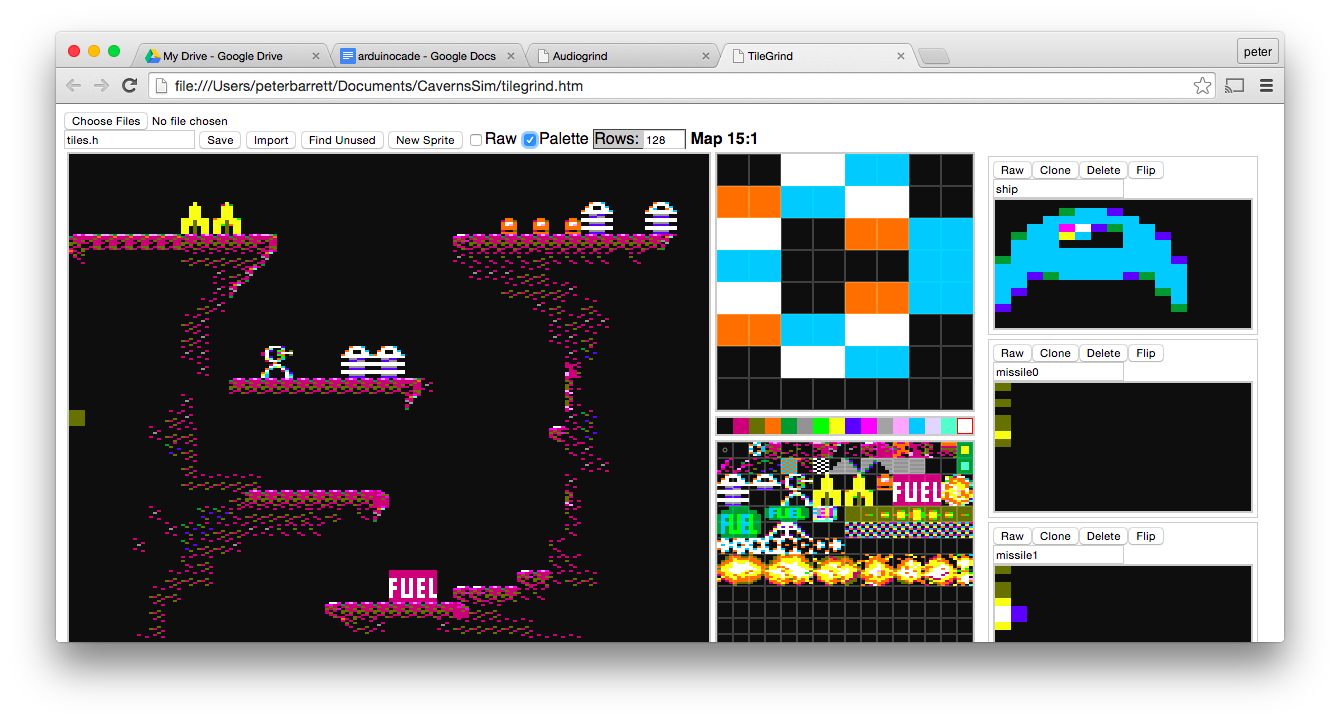
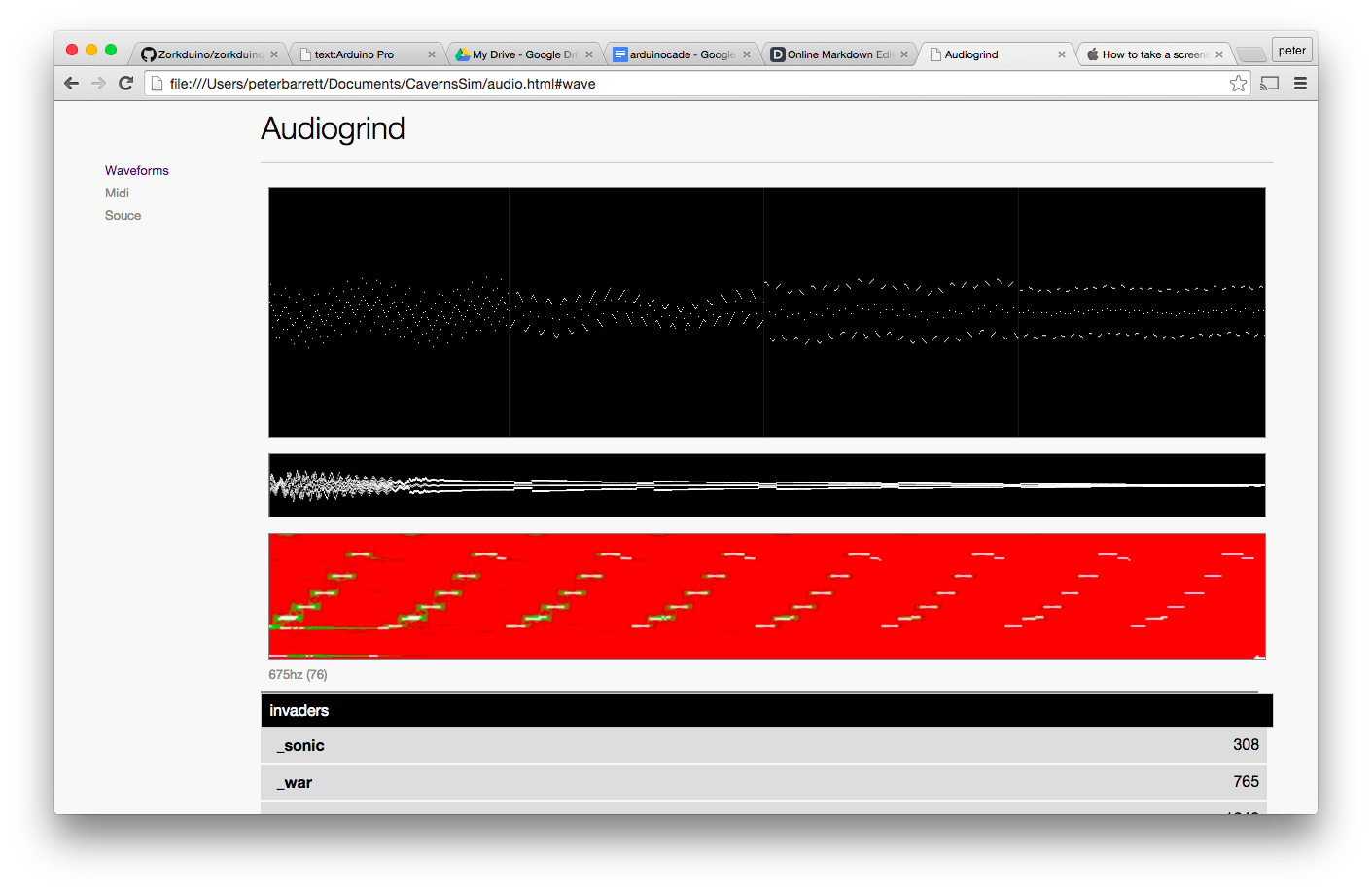
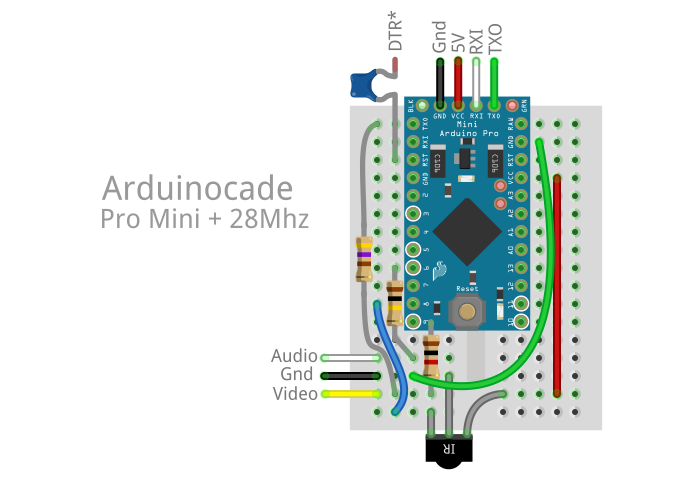
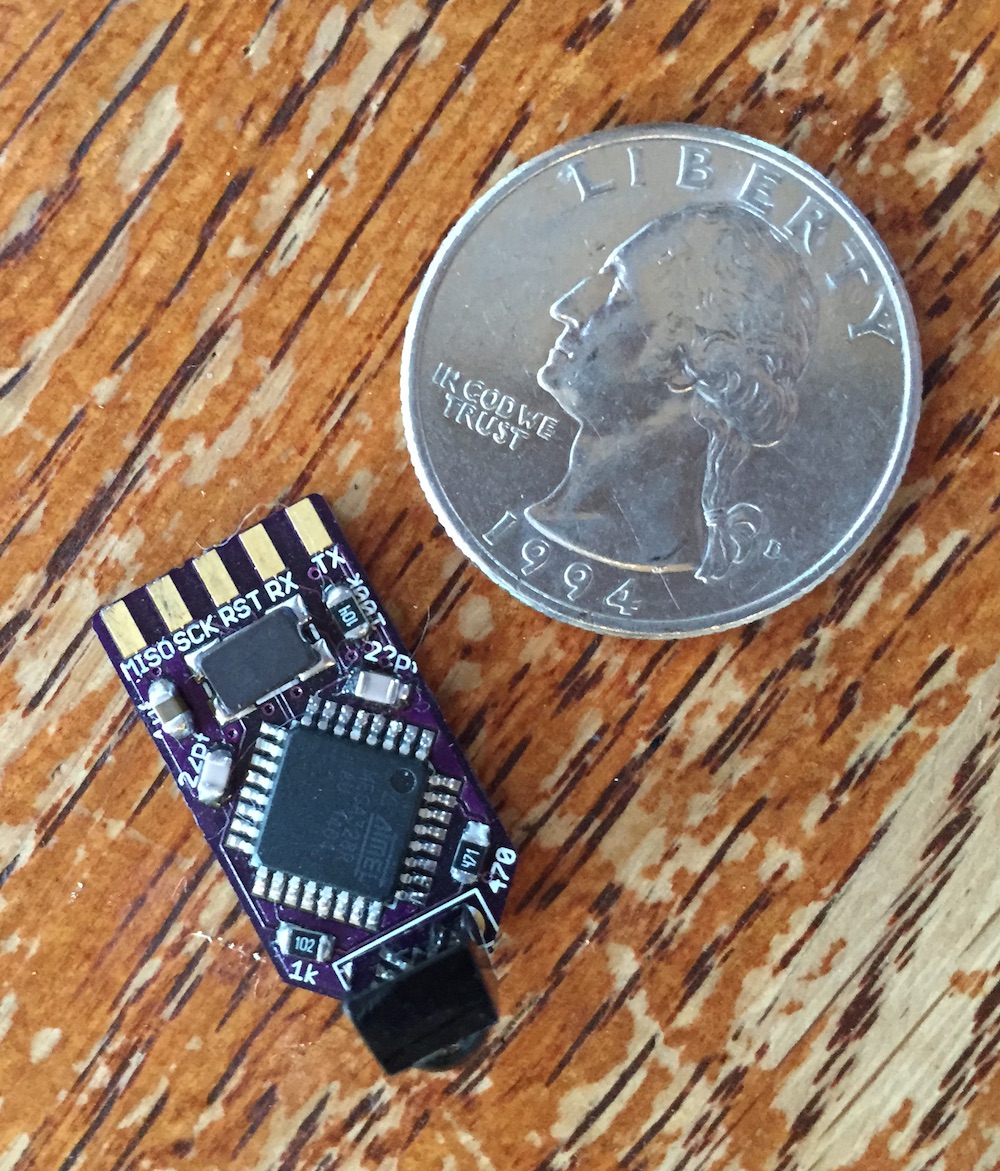



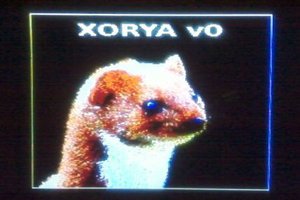
 SHAOS
SHAOS

 Bruce Land
Bruce Land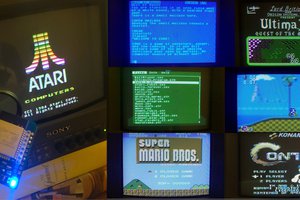
Hello, I can't find your board design files. Could you upload them pretty soon? It would really suck if you're disqualified :(